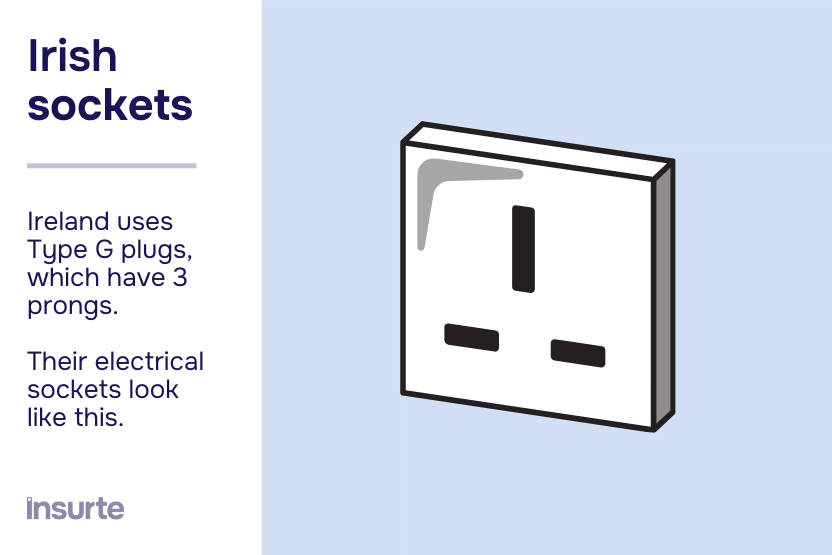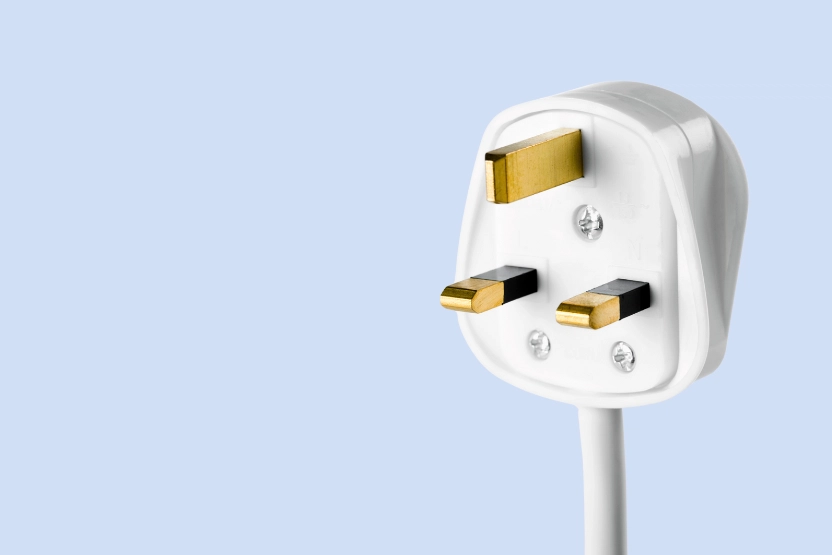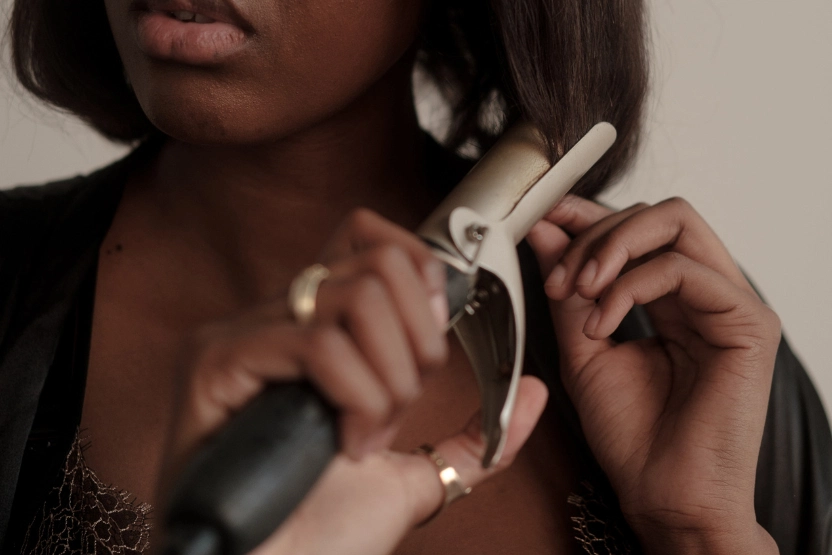Home > Travel Planning > Ireland Plug Types & Adapters in 2026
Share this post
Ireland awaits, but there is something important you need to do before you settle into your flight and wake up in Dublin (or wherever it is you're headed)...and no, we're not talking about travel insurance. We're talking about your electronics!
At first, you think there's nothing worse than being in an unfamiliar place, especially a new country, with a dead phone.
But then, when you reach for the charger, you realize that the plug doesn't fit into the wall. A sudden wave of panic, and you're in a pretty inconvenient situation.
Luckily, you're here and you're about to learn exactly what you need to safely use all of your devices in Ireland, whether you're blow-drying your hair after freshening up or charging your phone before exploring castles for the day.
We'll cover, in easy-to-understand terminology:
- What plug types Ireland uses.
- Which travel adapter you need.
- The voltage in Ireland.
- Whether or not you need a voltage converter.

Americans need an adapter for Ireland
If you're traveling to Ireland from the US, you will need a travel adapter to use your electronics abroad.
Ireland uses the Type G plug (pictured above). Type G plugs have three prongs, or "pins" as they're called in the electrical world. Two of the pins are thin and horizontal, the third is thin and vertical.
The US, on the other hand, uses Type A and Type B plugs. Type A has two prongs, as pictured above, while Type B has three.
Though both Ireland and the US have a plug with three pins, as you can see by the socket below, US plugs are not going to fit into Irish sockets.
Fun fact: Did you know that you can go through US Customs abroad in Ireland? It depends on which airport you're flying out of. You can learn more in our US Customs Abroad Guide.

No matter how hard you jam it, a US plug just isn't going to fit in there (and do not try this; it's dangerous).
Instead, you will need to get a travel adapter for your trip to Ireland
Travel adapters for Ireland
To use your US plugs in Ireland, you'll need the right travel adapter.
Travel adapters work in a really simple way. They're small, plastic gadgets with a socket on one side and a plug on the other.
Trip to Ireland in 3, 2,
Make sure you're insured before you get to 1!
You put your plug into the socket of the apparatus, and then the "output" of the apparatus is the shape of the plug you need. Voila!
For Ireland, you need a travel adapter with a Type G plug.
If you already have a travel adapter for any past trips you've done to the UK, Ireland, and the UK use the same plug type, so you can use that one.
If not, read ahead!

You just need to make sure that your plug type (in the States, that is Type A/Type B) will fit into the socket of the adapter.
It can feel a little intimidating to search "Type A to Type G adapter", so most travelers search something like "US to Ireland travel adapter" to find what they need.
You can typically get travel adapters at most big-box stores, as well as places that have an electronics focus. Of course, you can also find them online.
Travel adapters can also often be found in tourist areas and airports, but keep in mind they might be more expensive when purchased there because of the added convenience.
Voltage converters for Ireland: Who needs one?
In short, volts are what push electricity through the wires and plugs and into your electronics.
Different countries sometimes have different levels of voltage. This can cause issues because electronics are designed to have specific levels of voltage run through them and power them.
Too much voltage can ruin the electronics or even be a fire danger. Too little, the electronic may work at what feels like "half speed" because the voltage is too low to properly power it.

Ireland runs on about 230 volts (220-240).
The US runs on 100-127.
Power converters, also called transformers, allow you to use electronics designed for a different voltage safely.
This doesn't mean you always need one, though.
Most newer phones and laptops are dual-voltage. This means they're designed to work with varying levels of voltage. Because of that, you don't typically need a power converter to charge your phone or your laptop (double-check with the manufacturer, however).
Unfortunately, most personal electronics and appliances aren't designed like this.
If you're traveling with a blow dryer, curling iron, hair straightener, electric razor, coffee machine, or something else that needs to be plugged in, you should get the proper power converter.
All of that said, many travelers choose not to get a power converter when traveling, but it really isn't recommended. It isn't safe, and you could ruin your personal electronics.
FAQs: Ireland plug types
Related posts
Upcoming travels ? Get Insured !
Find the right insurance for your trip by using our powerful comparison tool!
Sarah Pardi - December 27, 2025
Sarah Pardi - December 26, 2025
Sarah Pardi - December 19, 2025
Sarah Pardi - December 12, 2025





